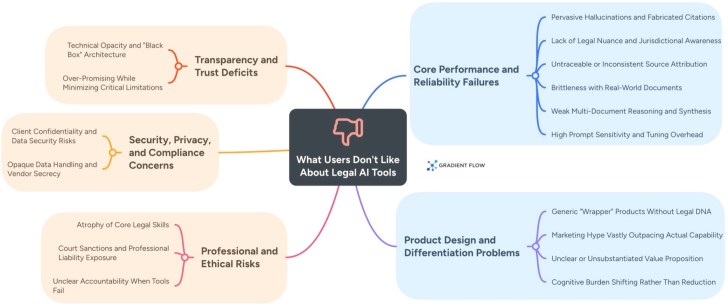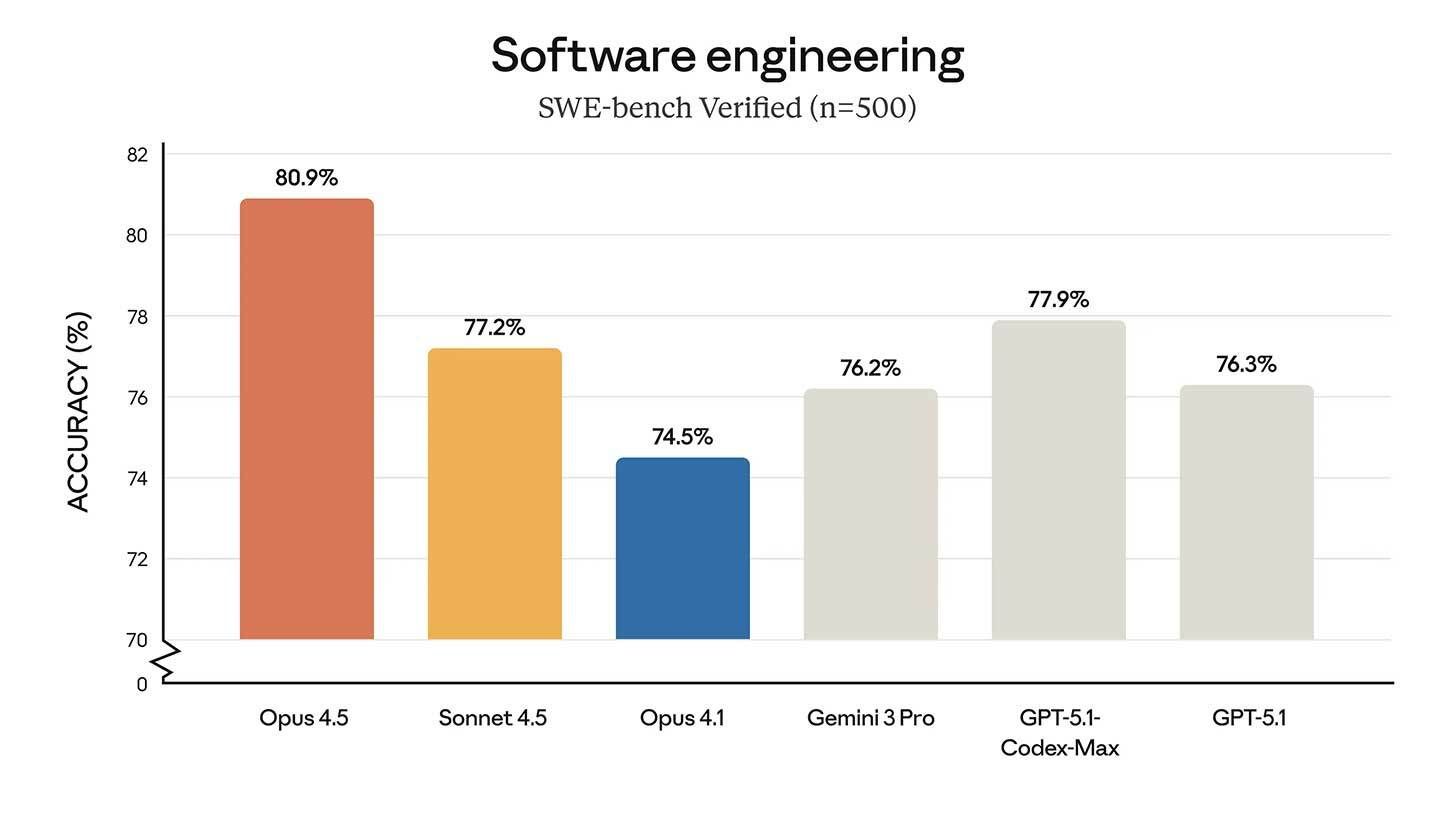A Cross-Cultural Assessment of Human Ability to Detect LLM-Generated Fake News about South Africa
NeutralArtificial Intelligence
- A study assessed the ability of South Africans and participants from other nationalities to detect AI-generated fake news, revealing that South Africans were better at identifying true news but less effective at spotting fake news compared to their counterparts. The survey involved 89 participants evaluating both authentic and AI-generated articles related to South Africa.
- This research highlights the importance of understanding cultural proximity in media consumption and trust in news sources, particularly as AI-generated content becomes more prevalent and sophisticated.
- The findings reflect broader concerns regarding the efficacy of large language models in generating credible information and the challenges they pose in distinguishing between real and fake news, emphasizing the need for improved detection methods and ethical considerations in AI applications.
— via World Pulse Now AI Editorial System


